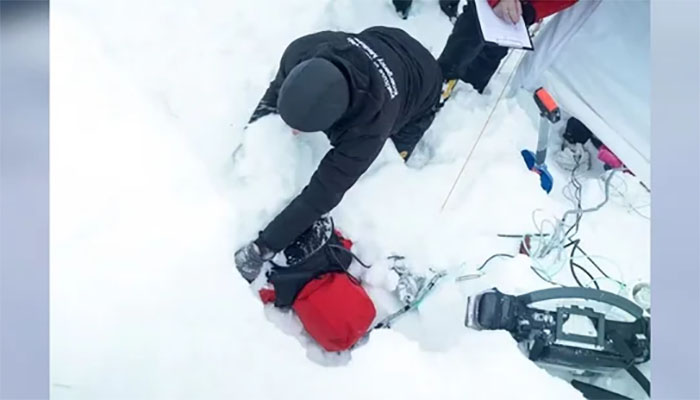An extraordinary and high-risk scientific experiment has been conducted in the world of science, where a team of 36 volunteers agreed to be ‘buried alive’ under the snow for a new research study. The core objective of this daring research was to test the efficacy of a cutting-edge device designed to save the lives of individuals trapped under snow following an avalanche.
The scientific trial took place at a location in Italy between January and March 2023.
The Device and the Experiment:
The research tested a new device named ‘SafeBack,’ engineered to slow the build-up of carbon dioxide and mitigate oxygen depletion for individuals trapped beneath the snow. The device works by drawing air from the surrounding snow and directing it straight to the individual’s airways, functioning without the need for an external oxygen source or a mouth-piece.
All 36 volunteers, aged between 18 and 60, were healthy. Each participant was buried at a depth of 50 centimeters and their health was continuously monitored. Volunteers were immediately rescued when any health risk was detected.
Comparative Results:
The volunteers were divided into two groups: one using the SafeBack device and a control group without it.
- Device Group: These individuals were able to remain under the snow for an average of 35 minutes, even when the oxygen level had dropped by more than 80 percent. The level of accumulated carbon dioxide around them was recorded at only 1.3 percent.
- Non-Device Group: Individuals in this group could only last for a mere 6 minutes under the snow, with the carbon dioxide level around them reaching 6.1 percent.
The researchers explained that most fatalities from avalanches occur within the first 35 minutes due to suffocation. Extending this critical survival window will provide rescue teams with valuable time and significantly increase the chances of saving lives. The results of this vital research were published in the Journal of the American Medical Association (JAMA).



